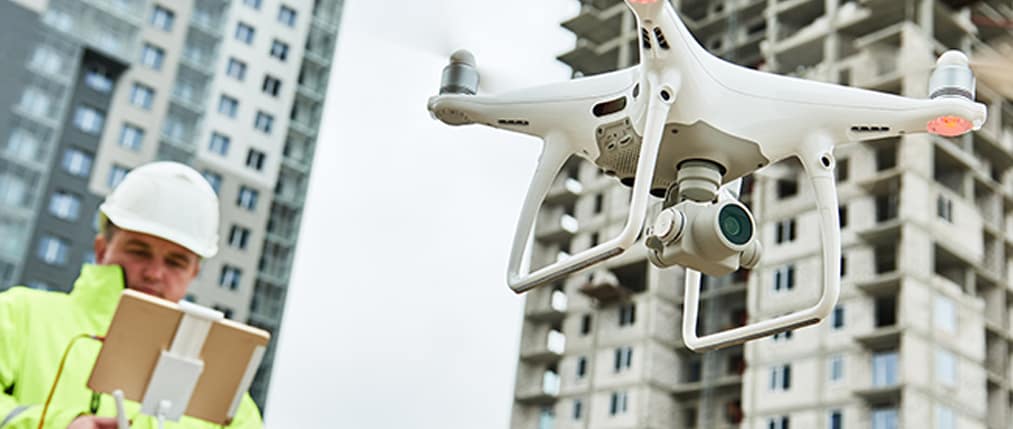Many industries are feeling the effects of digital disruption, and the construction trades are no different—which is a good thing. The adoption of new technologies runs the gamut from artificial intelligence and virtual/augmented reality for sales and marketing to new digital payment applications that help manage cash flow, process mobile payments, and automate billing processes.
While digital payments may not seem as exciting as capturing and sharing 180-degree visuals of a work-site or new home construction, developments in the payment space are big news, especially since they can directly affect a company's bottom line.
Consider using digital payments to help you manage your company's cash flow, collect payments more efficiently, and keep track of jobs all in one place. It's technology at its finest.
Digital Payments Help Manage Cash Flow
Tracking and managing cash flow is just one of the many challenges builders face. In fact, 44 percent of Canadian finance executives1 across a wide range of industries stated that they struggle with having spend visibility on a daily basis.
Digital payments to suppliers can go a long way to improve that visibility while helping to track and manage cash flow. For example, products like American Express' vPayment enable companies to set a payment amount, date range, and payee in order to optimize working capital while eliminating late payments, increasing efficiency and simplifying the reconciliation process.
Payments are deposited directly into the supplier's bank account using a unique virtual account number for each transaction. This process eliminates the risk of data entry errors that could result in accidental late payments. And with no card numbers changing hands and the specific single-use virtual account number only being used once, the process is also more secure.
Improve the Invoice and Collection Process for Greater Customer Satisfaction
Digital payments don't just make it easier to pay suppliers. The technology also makes it easier for contractors and builders to get paid. Busy contractors aren't always in their offices when the time comes to get a contract signed and accept payment. They may be on the worksite, at a client's home, or picking up supplies.
Reduce the time between signed contract and cash-in-hand by accepting payments anywhere, at any time. Depending on the payment solution being used, customers can touch and pay using their Apple, Android, or Samsung mobile devices, a digital wallet such as AmexPay, ApplePay, or even an EMV contactless chip card.
The immediate results of such technology—cash flow improvements and streamlined business processes.
Streamlined Bookkeeping and Accounting
Automating payments and collections via a secure method streamlines bookkeeping and accounting operations and can help ensure compliance. Program administrators, whether they be an office manager or accounts payable team, can run reports on the status of payments to suppliers for month-end reconciliation or to obtain instant data about cash flow.
Having all this data in one place also makes it easy to track and streamline job progress, while simple dashboards with the user experience in mind, make it easy for construction managers to view this information wherever they are from their smart phone or tablet.
Gain Peace of Mind with Enhanced Security
American Express uses a number of methods to keep payment and banking data secure. Transport Layer Security (TLS) keeps data secure through every step of the transaction. And "tokenization," or the process of using a unique virtual account number for each transaction, takes security measures one step further as the same account number is never used twice.
Thanks to these new security technologies, digital payments are more secure than cheques, which can be subject to everything from theft to physical fraud.
Who's Ready to Embrace Digital Disruption in the Construction Trades?
Just like other disruptive technology that may seem too good to be true, digital payments are here and viable today. Better yet, the benefits to the company's bottom line are very, very real.
This article is intended for general informational purposes only and does not constitute legal advice or an opinion on any issue. It should not be regarded as comprehensive or a substitute for professional advice.



